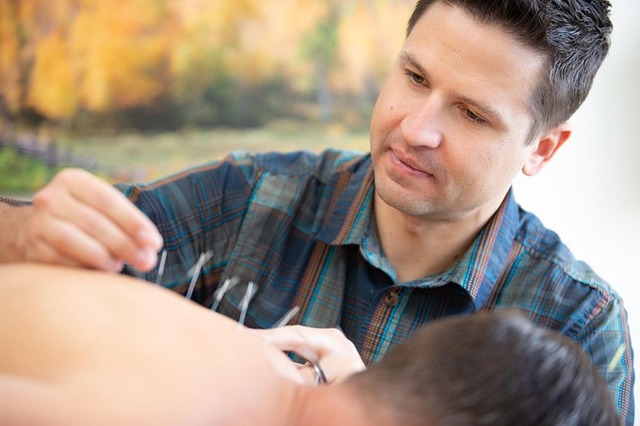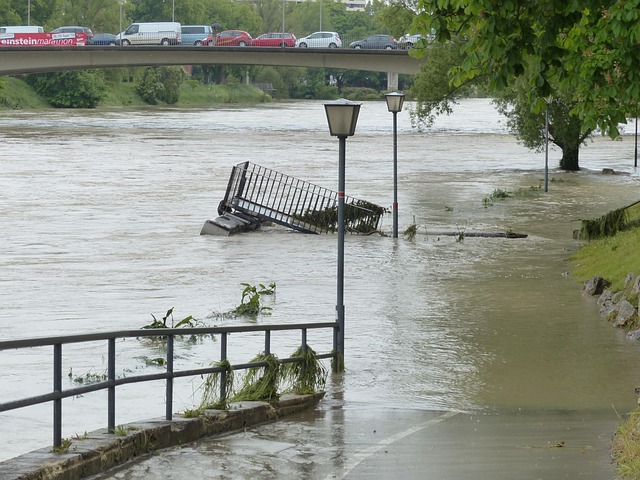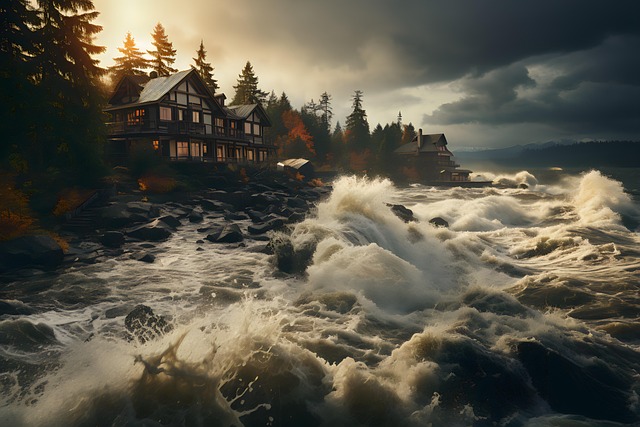Water Damage Remediation Denver requires skilled professionals who assess damage, contain water sources, and use rapid drying techniques with modern equipment to prevent mold growth. Immediate action includes shutting off water supplies, removing damaged items, and using fans and dehumidifiers for efficient drying. This step-by-step process ensures Denver properties are restored to pre-damage condition.
In the event of water damage, swift and efficient cleanup is crucial to minimize restoration challenges. This article offers a comprehensive guide to improving water damage cleanup efficiency in Denver homes and businesses. We’ll explore key strategies such as thorough assessment and containment, rapid drying techniques, and step-by-step restoration processes. By implementing these practices, you can ensure more effective water damage remediation, preserve valuable possessions, and restore your property faster.
- Assess and Contain: Efficient Water Damage Evaluation
- Rapid Drying Techniques for Faster Restoration
- Restoring Damaged Possessions: Step-by-Step Guide
Assess and Contain: Efficient Water Damage Evaluation

When it comes to Water Damage Remediation Denver, a swift and effective assessment is key. The initial step in any water damage cleanup process involves meticulously evaluating the extent of the damage. This critical phase helps determine the best course of action for denver water damage repair services. Skilled professionals will inspect every corner of affected areas, noting visible signs, moisture levels, and potential structural integrity issues. A comprehensive assessment ensures that mitigation efforts are targeted and efficient, aiming to restore properties to their pre-damaged condition as quickly as possible.
By containing the water damage in Denver properties, restoration teams can prevent further complications. This involves immediate actions like shutting off water supplies to avoid ongoing leaks and using specialized equipment to extract standing water. Containment also includes setting up barriers to isolate damaged areas from the rest of the property, minimizing the risk of cross-contamination and ensuring that all involved parties are safe during the Water Damage Restoration Denver process.
Rapid Drying Techniques for Faster Restoration

Rapid drying techniques are a crucial component of efficient Water Damage Remediation Denver. Modern equipment like industrial dehumidifiers and high-capacity air movers can significantly speed up the drying process, reducing moisture levels in affected areas more swiftly than traditional methods. This not only minimizes the risk of structural damage but also plays a vital role in preventing mold growth, which is a common concern after water damage.
When it comes to expert advice on water damage restoration Denver residents and businesses should prioritize these rapid drying techniques as part of their prevention strategies. Implementing denver water damage prevention strategies, such as regular inspection and maintenance, can help identify issues early. Additionally, understanding preventing mold growth post-water damage Denver is essential for maintaining a healthy indoor environment. By combining these approaches, property owners can ensure faster and more effective cleanup while mitigating potential long-term problems associated with water damage.
Restoring Damaged Possessions: Step-by-Step Guide

Restoring Damaged Possessions: Step-by-Step Guide
After a water damage event in Denver, proper cleanup and restoration are essential to prevent further damage and ensure a safe environment. The process begins with immediate action. First, turn off the main water supply to avoid excessive water loss. Then, assess the extent of the damage—inspect walls, floors, furniture, and personal belongings for signs of moisture intrusion. For Denver flood damage restoration, professional help is often recommended due to the potential complexity and scale of the issue.
Next, remove any water-soaked items, such as carpeting, padding, drywall, or furniture, to prevent mold growth. Place these items outside or in a well-ventilated area. For home water damage repair Denver, it’s crucial to use appropriate tools like fans and dehumidifiers to expedite drying. Ensure all surfaces are dry before proceeding with any restoration work. This step-by-step guide aims to aid in the denver water damage remediation process, ensuring possessions are restored to their pre-damage condition.
Improving water damage cleanup efficiency is paramount for minimizing restoration time and costs, especially in areas like Denver where swift action can prevent extensive mold growth. By effectively assessing and containing water damage, employing rapid drying techniques, and following a systematic guide for restoring damaged possessions, homeowners and professionals alike can ensure a more efficient and thorough Water Damage Remediation Denver process. These strategies not only expedite the recovery process but also contribute to a healthier living environment.
